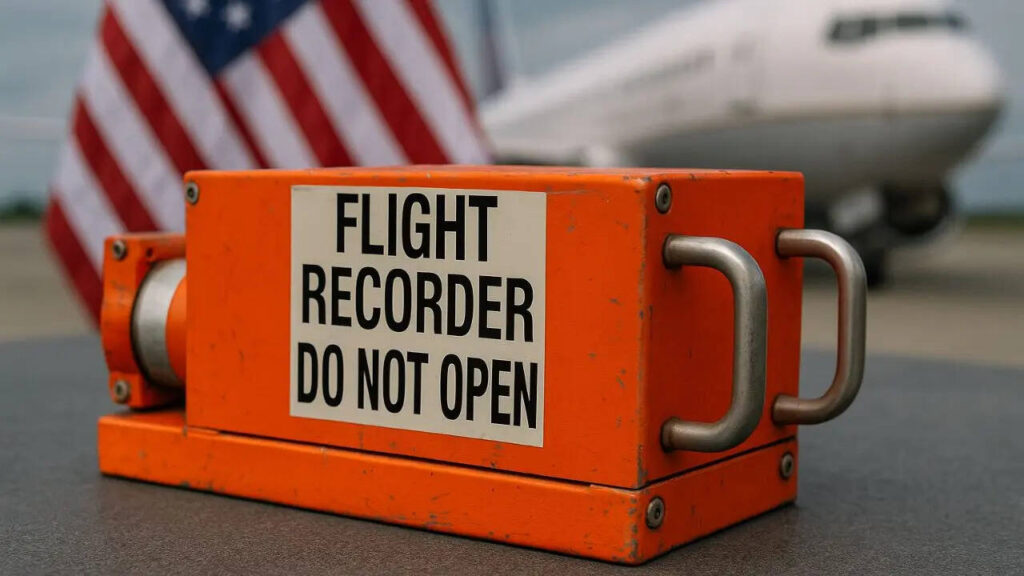Although the recorders are engineered to withstand intense impact and heat, severe post-crash fires often compromise the internal memory chips. (AI Generated Image)
The crash, which took place shortly after take-off from Ahmedabad on 12 June, resulted in the deaths of 241 passengers and crew. The aircraft, operating as Flight AI171 to London, plunged into a medical hostel compound seconds after lift-off. Due to the ensuing fire, both black boxes suffered extreme heat damage.
Although the recorders are engineered to withstand intense impact and heat, severe post-crash fires often compromise the internal memory chips. In this case, specialists must extract the memory boards manually, a task that requires advanced facilities and expertise not currently available in India.
The black boxes, typically located near the aircraft’s tail, are painted bright orange and designed to capture vital information. The DFDR logs technical data such as altitude, speed, and system operations, while the CVR stores audio from the cockpit, including pilot conversations and system alerts.
An NTSB-led recovery team, accompanied by officials from India’s Aircraft Accident Investigation Bureau (AAIB), will handle the transport and analysis. The UK’s Air Accidents Investigation Branch (AAIB-UK) will also be involved, as 53 British nationals were among the deceased.
“Due to damage to the recorder, we need to extract the chip by removing the memory board to prevent further data loss. We also need to evaluate the condition of the electronic circuit,” said the source.
Investigation Widens to Systems and Engineering Factors
Investigators are examining multiple possibilities, including failure in wing flap deployment, landing gear retraction, and possible electronic system or fuel contamination issues that might have led to an engine failure.
The Boeing 787 is equipped with extensive redundancies, including duplicate flight systems and the capability to remain airborne for over 345 minutes on a single engine. The sudden crash has raised questions about a possible multi-system failure or critical oversight.
This abrupt loss of contact has further complicated the probe, making the recovery of black box data critical to understanding the cause of the crash.
The data analysis in Washington could take anywhere from two days to several months, depending on the extent of internal damage to the recorders. Indian authorities are expected to release a preliminary report by the end of July.
Meanwhile, Boeing continues to face global scrutiny, as this incident follows a pattern of technical failures and questions over aircraft reliability. The manufacturer has yet to issue a public comment on the Ahmedabad crash but is reportedly cooperating with investigators.


